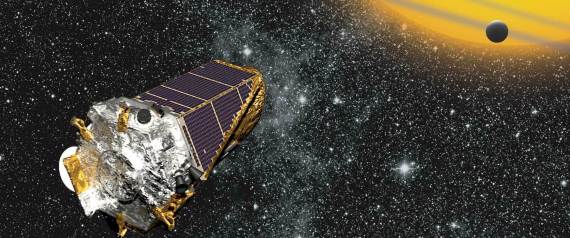Perseverance has drilled a sample from a rock that could go on to provide answers to questions the rover came in search of on Mars.
The 24th rock core taken by the rover is believed to have been awash in water for an extended period in the distant past, and could have been part of an ancient beach that once adorned the Red Planet.
“To put it simply, this is the kind of rock we had hoped to find when we decided to investigate Jezero Crater. Nearly all the minerals in the rock we just sampled were made in water; on Earth, water-deposited minerals are often good at trapping and preserving ancient organic material and biosignatures,” Ken Farley, project scientist for Perseverance said.
Named after Yellowstone National Park’s iconic landmark, “Bunsen Peak,” the rock of approximately 5.6 feet wide and 3.3 feet high intrigued scientists as they observed it with the rover.
Its prominent stature amidst the terrain and unique texture piqued their curiosity, especially its vertical face, providing a clear cross-section for analysis and less dust accumulation for instruments. “The rock can even tell us about Mars climate conditions that were present when it was formed,” says Farley.
Before extracting a sample, Perseverance used its SuperCam spectrometers and the X-ray spectrometer PIXL to scan the rock’s composition.
© The Indian Panorama





Be the first to comment